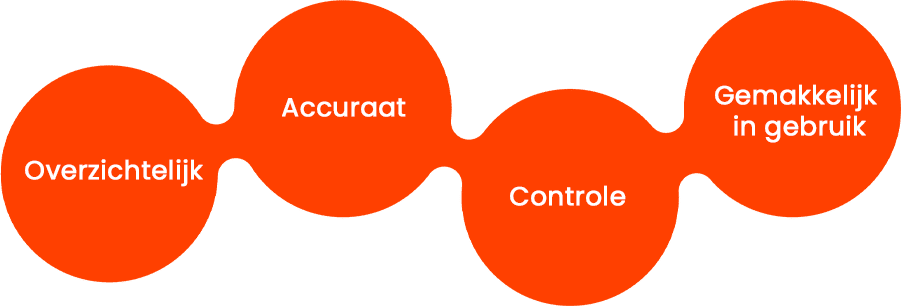In a well-functioning facility chain, all parties must mean exactly the same thing. This is made possible by a number of control systems that are accepted by everyone. Think of technical control systems in building management or contract management systems that are used to keep track of the implementation of the contract, compliance with and checking what has been agreed. And then there are also Facility Management Information systems to automate processes, for example. Today we discuss 3 control systems in cleaning.
As a facility manager you know how important users find a clean building. It might just be it subject that users of a building most easily complain about. Sometimes the criticism is justified, but very often not. In the latter case it works for a feeling that is not substantiated. You then want to be able to respond. And when ‘your’ object is really dirty, of course you want it there contact a cleaning company.
Finger along the baseboards
How do you determine as an administrator of a building that is ‘clean’ or ‘dirty’? The easiest answer seems to be: just you run your finger along the baseboards, and possibly check whether trash cans are empty and whether the toilet looks a bit fresh. That’s how it used to be. But for administrators with several, sometimes dozens of properties, this is a no-brainer option.
Regardless of feasibility, there no objective picture is created, which makes it impossible to submit any complaints difficult for chain partners. Nor can you defend yourself after such a check as you internal customers complain unjustly. You have no data or data. Then it becomes soon a yes-no discussion.
Instead you want if facilities manager have clear guidelines on where to run your cleaning company can pay on. Ultimately, that makes for cooperation and communication everyone clearer and more pleasant.
3 cleaning control systems
In short, in the facility chain it is crucial to be able to objectively assess the cleaning performance so that everyone agrees with it; there will be no annoying and time wasting discussions. A number of systems have been created for this purpose, which I describe below describe.
What is the Daily Control System (DKS)?
The Cleaning Association Research (VSR) has developed the Daily Control System (DKS). With this you can run a cleaning check quickly and easily.
The aim is to monitor the quality of the cleaning process. The advantage of DKS is that immediate action can be taken when problems are detected. It was even invented as a coaching system. You can use it to track how an employee or department develops over time.
When walking the cleaning control you can objectify things with this system. Think about that capturing locations and spaces. These can be classified into categories and you can talk about how clean an object is. Think of one desk with chair, for example. Yet the perception remains subjective.
What is the VSR Quality Measurement System (VSR-KMS)?
The purpose of it VSR Quality Measurement System (VSR-KMS) is about objective criteria for ‘clean’ and to handle ‘dirt’. It was jointly developed by VSR and TNO and must be used both cleaning companies and clients are acceptable. It goes here solely on a visual assessment.
VSR makes it possible to establish a minimum acceptable cleaning level in contracts and to make an objective distinction between good and bad cleaning maintenance. You can’t just use this system.
VSR-KMS is recorded in a national standard for the assessment of cleaning maintenance, NEN 2075. Also fits VSR-KMS perfectly within the European standard, EN 13549. A VSR certificate is then also required to pass inspections.
The system is on most building types and room categories applicable. The system objectifies you observation but records little data from, for example, users.
What is the European Result Oriented Quality measurement system (ER-KMS)?
With the European Result Oriented Quality measurement system (ER-KMS) you measure the quality of the cleaning work per room. This level runs from 1 to 6. The higher the agreed quality level, the fewer errors (in jargon ‘disturbances’) you can find after cleaning.
This system, which complies with the European standard EN 13549, is increasingly used in result-oriented cleaning contracts.
At ER-KMS, a lot of attention is paid in reports to the situation as found by an inspector. In this system, the emphasis is often placed on analyzing the findings.

